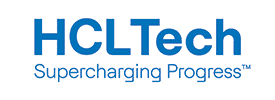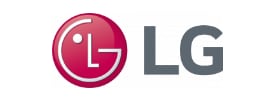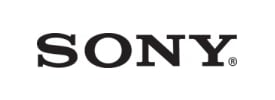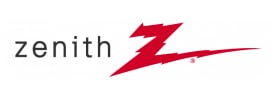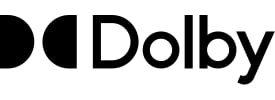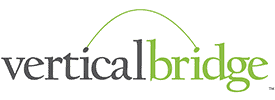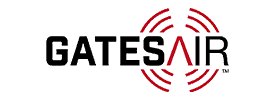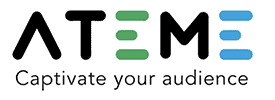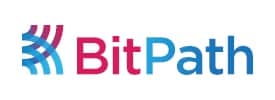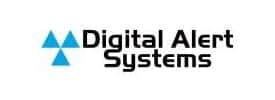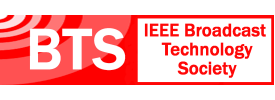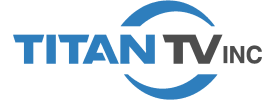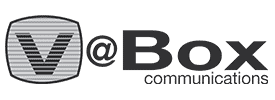- About
- Members
- Sponsors
- Subcommittees
- Technical Documents
- News
- Events
- Spotlight ATSC 3.0
- Contact Us
- Member Login
- Member Meetings
- Advanced Search
Search Site
Member Links
- About
- Members
- Sponsors
- Subcommittees
- Technical Documents
- News
- Events
- Spotlight ATSC 3.0
- Contact Us
- Member Login
- Member Meetings
- Advanced Search
3D-TV STANDARD APPROVED
Posted on February 4, 2013 in ATSC News
3D-TV STANDARD APPROVED
ATSC has finalized the first of three proposed approaches to terrestrial broadcasting of 3D-TV, and the first of the multi-part standard has been published. The new ATSC A/104 Standard for 3D-TV Terrestrial Broadcasting using “Service Compatible Hybrid Coding” (SCHC) consists of broadcast Stereoscopic 3D video, along with audio and ancillary data. The Stereoscopic 3D video has left view and right view, where one of the two views can be used as 2D image for the legacy 2D-TV.
The Stereoscopic 3D video is transmitted as two independent video elementary streams, where one of them is compatible with the legacy 2D TV service. Ancillary data includes program/channel signaling data and caption information. Signaling data is transmitted via multiplexing, while caption information is transmitted along with the video bit stream.
The 3D-TV service is transmitted along with normal DTV programming in a compatible manner that does not interfere with legacy systems. No additional spectrum is required for this service. The ATSC 3D-TV suite of standards is organized in a series of parts based on deployment architecture. Additional parts are expected to be added later this year.
Posted in ATSC News
News Categories
News Archives
Subscribe
Subscribe to The Standard, our monthly newsletter. Learn More
Join ATSC
ATSC is a membership organization with both voting and observer categories. Voting members include corporations, nonprofit organizations, and government entities, and they participate actively in the work of ATSC. Observers are individuals or entities not eligible to be a voting member.
Subscribe to our Newsletter
Subscribe to The Standard, our monthly newsletter, to stay up-to-date with ATSC news and events around the world.
Site Links
Contact Us
ATSC
1300 I Street NW, Suite 400E
Washington, DC 20005 USA
Do you have questions about ATSC?
About ATSC
ATSC, the Broadcast Standards Association, is an international, non-profit organization developing voluntary standards and recommended practices for digital terrestrial broadcasting. Serving as an essential force in the broadcasting industry, ATSC guides the seamless integration of broadcast and telecom standards to drive the industry forward. Currently, the ATSC 3.0 Standard is providing the best possible solution for expanding the potential of the broadcast spectrum beyond its traditional application to meet changing needs. From conventional television to innovative digital data services, ATSC has one clear goal: to empower the broadcasting ecosystem like never before.
© 2025 ATSC




